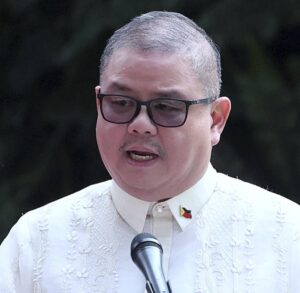BRASILIA — Brazil’s central bank kept its key interest rate unchanged Wednesday at 10.5 percent, ending a series of seven successive cuts since August last year.
The decision is bad news for President Luiz Inacio Lula da Silva, who has been pushing since he came to power for deeper interest rate cuts to boost economic growth.
The bank said its unanimous decision was informed by an “uncertain global outlook and a domestic outlook marked by resilience in economic activity, raising inflation projections” and requiring an approach of “more caution.”
READ: Brazil’s economy stalled last year; Lula blames high borrowing costs
Haunted by a history of hyperinflation, Brazil had gone on one of the most aggressive monetary tightening cycles in the world when the COVID-19 pandemic and then Russia’s invasion of Ukraine sent global prices on an upward spiral in early 2021.
The central bank’s monetary policy committee initiated a cycle of gradual reductions last August, but Lula believes the movement should be more pronounced.
Among the world’s highest
Following six successive half-point reductions, the rate was cut by a quarter point to 10.5 percent in May, when the bank indicated it might soon end the easing cycle and warned of rising prices.
READ: Brazil cuts interest rate by a quarter-point
Brazil’s benchmark interest rate is among the world’s highest in real terms.
Annual inflation in Latin America’s biggest economy rose to 3.93 percent in May, partly due to a rise in food prices brought on by once-in-a-century flooding in Rio Grande do Sul state that left more than 170 people dead and displaced about 600,000.
In the first quarter of 2024, Brazil’s economy grew 0.8 percent — a rebound boosted by consumer spending analysts said could put the central bank on guard over inflation.
Lula argues that there is no reason for the interest rate to be as high as it is.
“We have only one problem in this country: the behavior of the central bank,” he railed this week in an interview with CBN radio.


